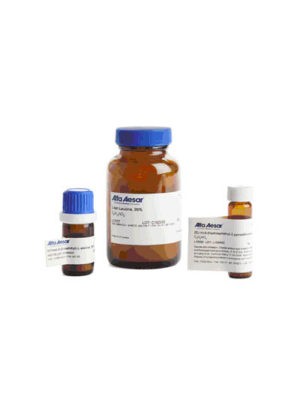Boranes

Boranes
Borane (trihydridoboron), also called borine, is an inorganic compound with the chemical formula BH3. All boranes are diamagnetic and electron-deficient compounds. Boranes are available as borane-Lewis base complexes, for example, borane-THF, Borane-dimethylamine, borane-dimethyl sulphide, borane-pyridine, and borane-diphenylphosphine. Boranes tend to dimerize and form diboranes containing bridging hydrogens binding through a 3-center-2-electron bond. Boranes have been widely studied as potential fuels for rockets and for automotive uses. They act as ligands in coordination compounds. They find applications in medicine, materials and thin films.
Boranes are widely used in organic synthesis for hydroboration, which is characterized by addition of BH3 across alkenes to trialkylboranes (Brown, H. C., et al., The boron approach to asymmertric synthesis, Pure & Appl. Chem. 1991, 63 (3), 307316). Hydroboration reactions are important specifically in the area of stereospecific organic synthesis. Direct reduction of carboxylic acids to alcohols, amides to amines, intermolecular hydroamination of less reactive alkynes, Suzuki coupling and a large variety of reactions can be efficiently performed with borane and its derivatives. On oxidation, the boron-carbon bond in organoborane compounds cleaves and replaces the boron atom stereospecifically with retention of configuration of the carbon atom. Chiral organoboranes such as diisopinocampheylborane and oxazaborolidine (Corey-Bakshi-Shibata Reduction) have immense applications in asymmetric synthesis. Organoboranes are also useful as catalysts for polymerizing olefinic compounds.


